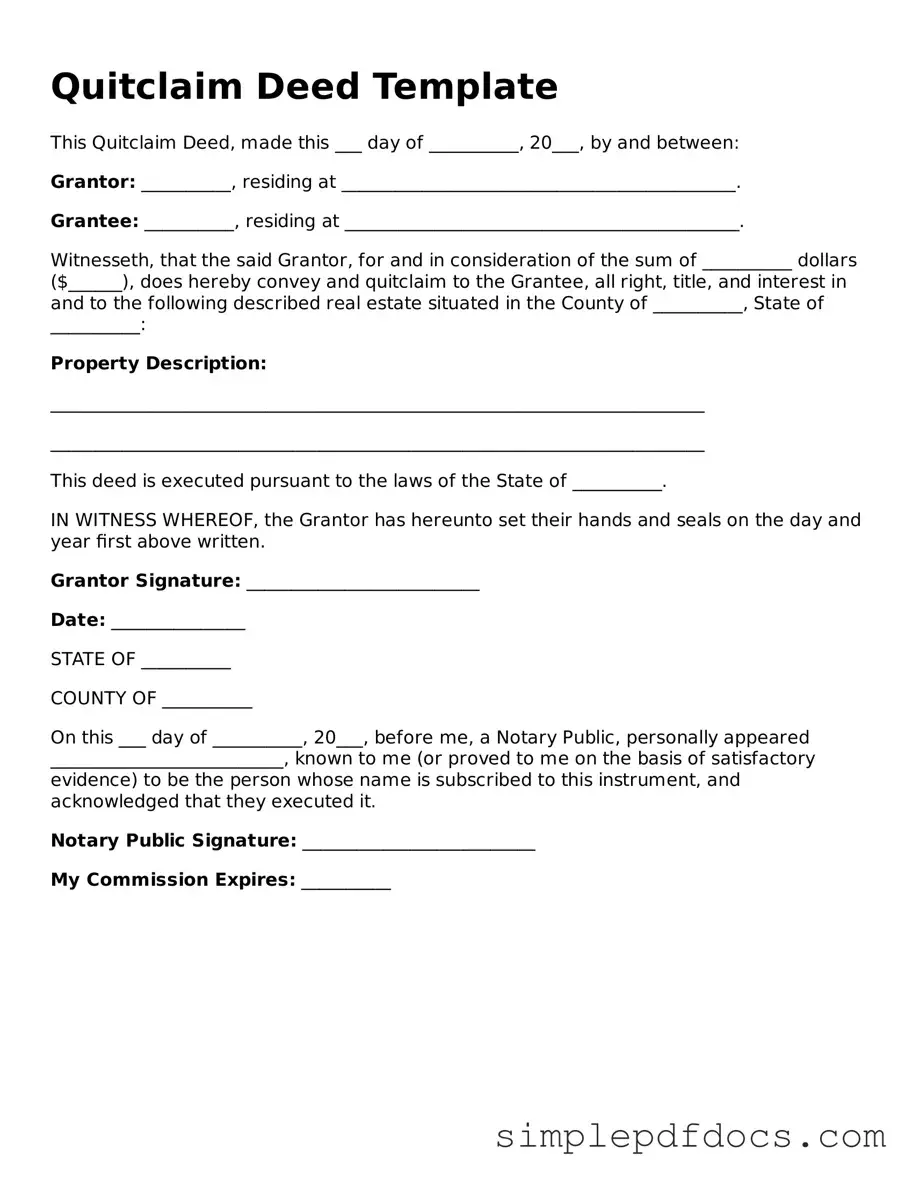When it comes to transferring property ownership, a deed form plays a crucial role in ensuring that the process is clear and legally binding. This essential document outlines the specifics of the property being transferred, including its legal description and the names of the parties involved. It serves as a written record of the transaction, providing proof of ownership and protecting the rights of both the seller and the buyer. Different types of deeds exist, such as warranty deeds and quitclaim deeds, each serving unique purposes and offering varying levels of protection. Understanding the key components of a deed form, such as the grantor, grantee, and any necessary signatures, is vital for anyone looking to buy or sell real estate. Additionally, knowing how to properly execute and record a deed can help prevent disputes and ensure a smooth transfer of ownership. Whether you are a first-time homebuyer or an experienced investor, familiarity with the deed form is essential for navigating the complexities of property transactions.
